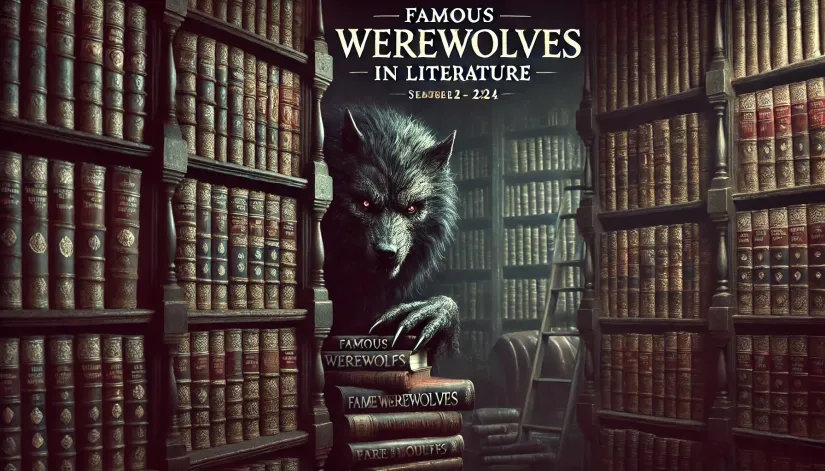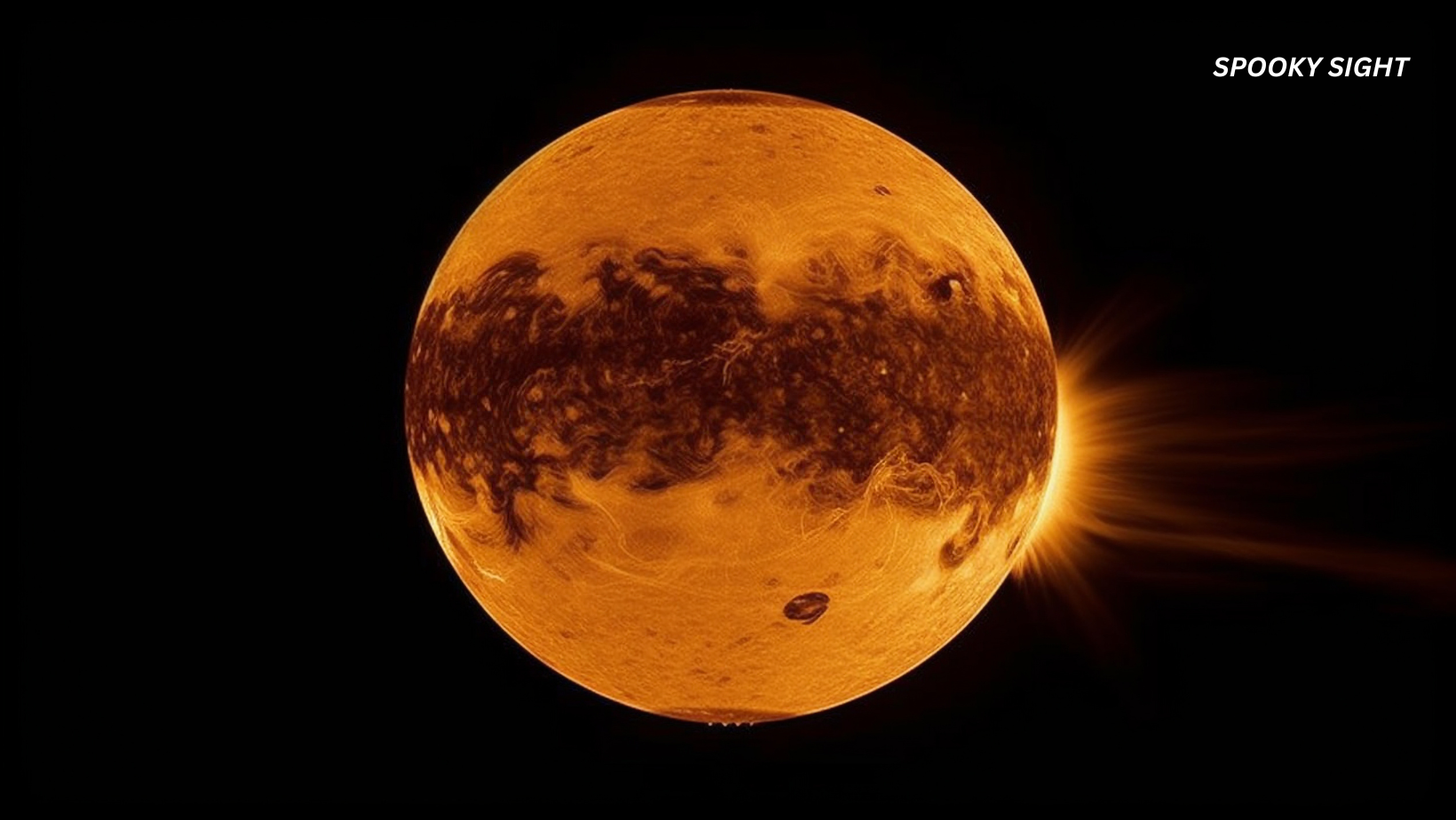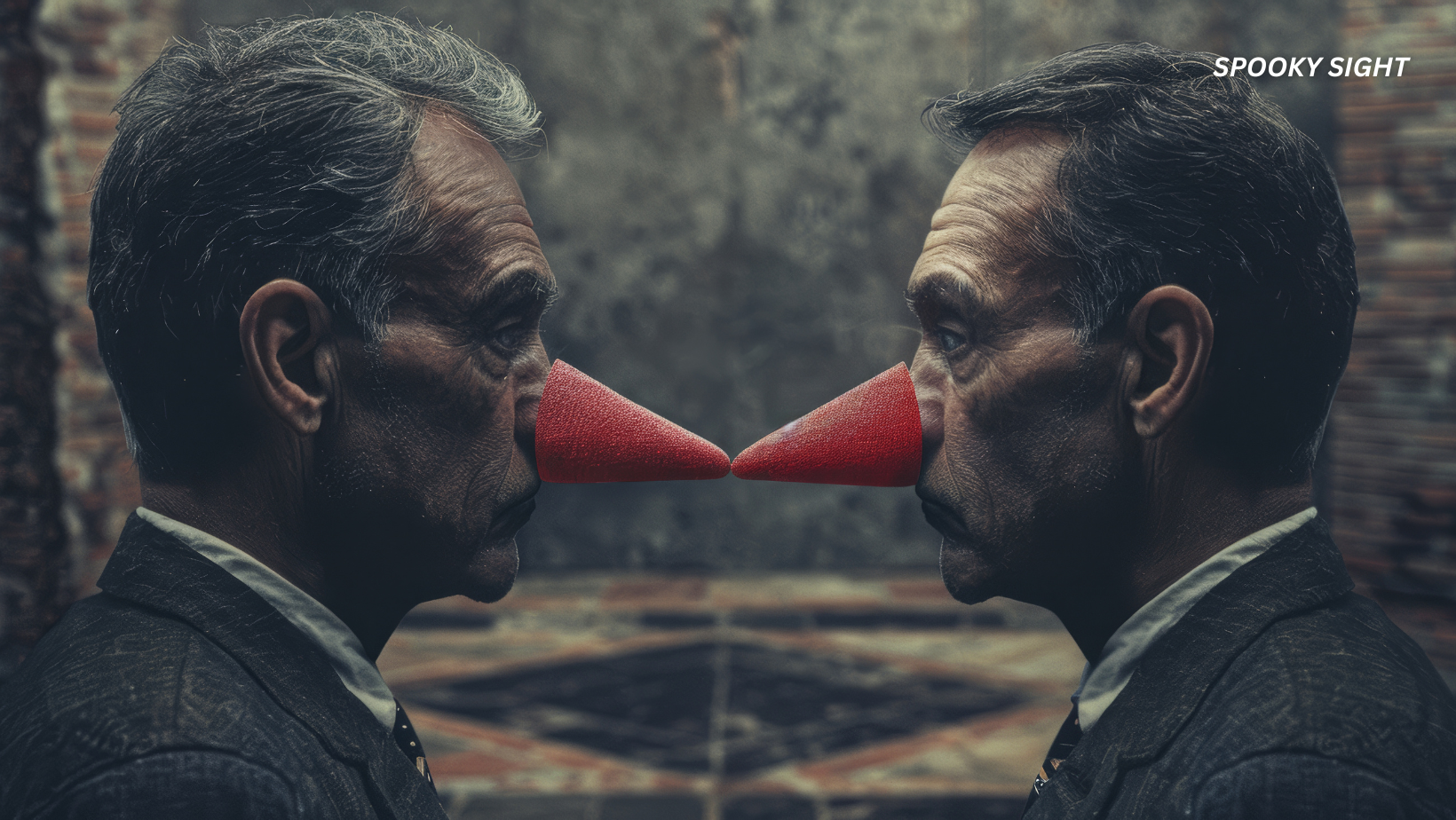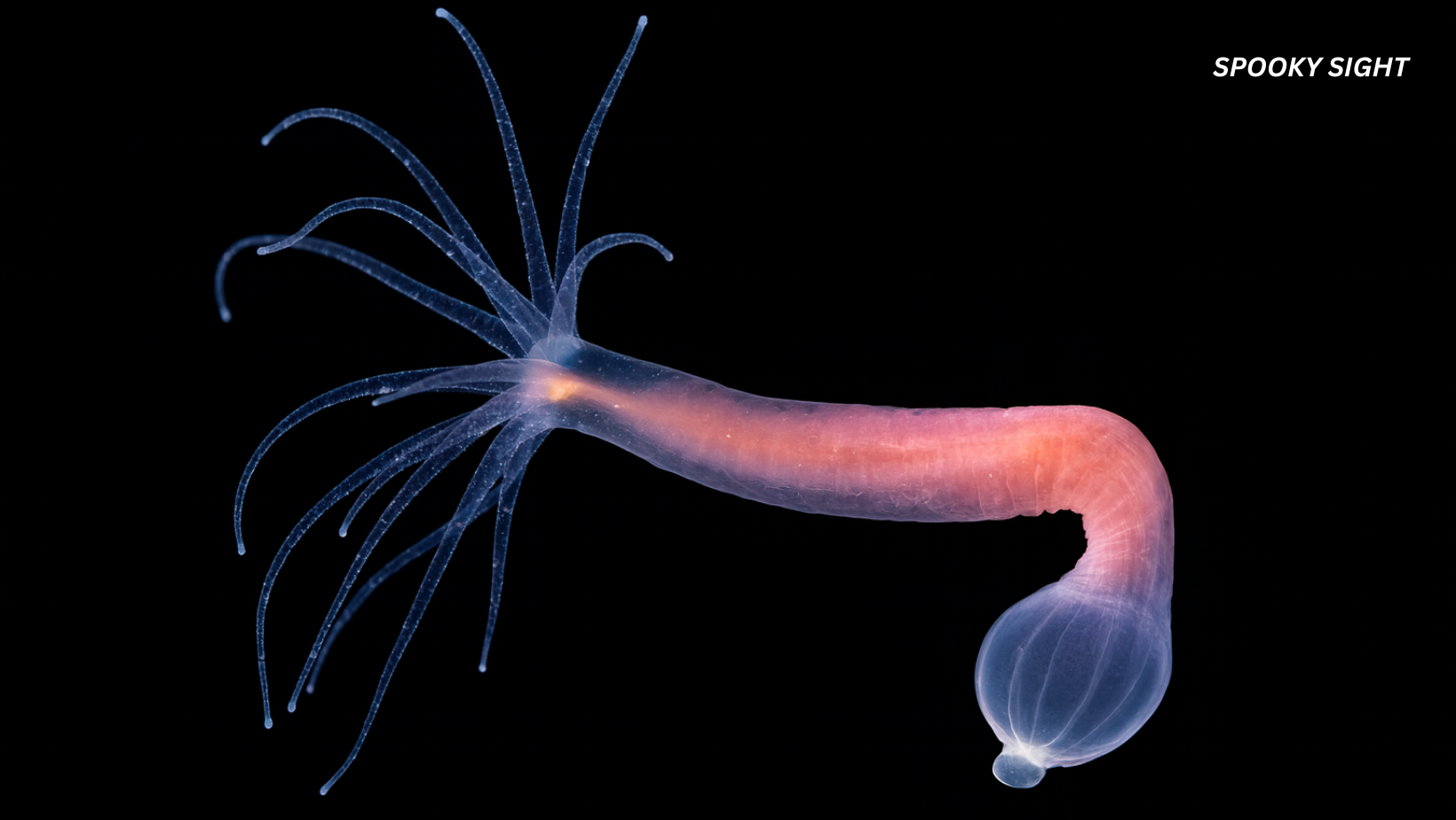From classic literature to modern fantasy, these shapeshifting creatures embody both the monstrous and the tragic.
In this article, we’ll discover 15 of the most famous werewolves in literature, their unique stories, and the themes they represent.
Whether you’re a fan of horror, romance, or supernatural thrillers, these iconic werewolves offer a fascinating peek into the endless power of the lycanthrope myth.
In this article:
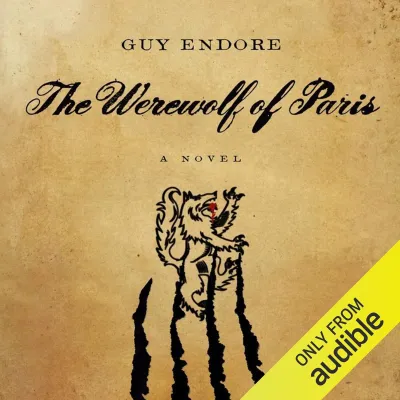
Bertrand Caillet (The Werewolf of Paris by Guy Endore)
The first entry in our list of the most famous werewolves in literature is reserved for Bertrand Caillet (“The Werewolf of Paris”).
Did you know that most critics see Guy Endore’s “The Werewolf of Paris” as the “Dracula” of werewolf literature? And for good reason.
The character (and the story) is complex and amazing. Young Bertrand Caillet is born under supposedly cursed circumstances on Christmas and becomes a profoundly tragic figure.
Adopted by his relative Aymar Galliez, Caillet’s entire life is marked by struggle as he battles with his werewolf nature—a curse that haunts him from birth.
Guy Endore’s 1933 novel masterfully intertwines elements of horror and psychological insight, cementing its status as a classic in the genre.
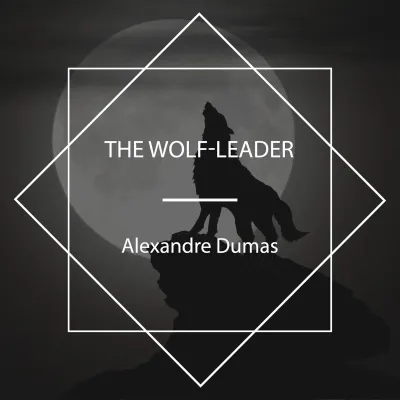
Famous Werewolves in Literature: Thibault (The Wolf Leader by Alexandre Dumas)
In “The Wolf Leader,” Alexandre Dumas spins the tale of Thibault, a humble shoemaker whose life takes a dark turn after he strikes a deal with a mysterious black wolf.
This pact grants Thibault the power to transform into a wolf, setting him on a path filled with supernatural encounters and moral dilemmas.
Dumas masterfully weaves fantasy elements with profound moral lessons, as Thibault’s newfound abilities lead him into a web of revenge and dark forces.
The novel stands out for its rich narrative and exploration of the consequences of one’s choices, blending the fantastical with the profoundly human.

Bisclavret (The Lais by Marie de France)
“Bisclavret” is one of the captivating lais (short narrative poems) penned by the medieval poet Marie de France.
The poem tells the story of a nobleman who transforms into a werewolf. But, unlike many werewolf tales that focus on fear and monstrosity, Bisclavret is depicted in a sympathetic light.
This narrative explores themes of loyalty and betrayal as Bisclavret remains loyal to his king despite his curse. At the same time, his wife betrays him by stealing his magic clothes. Without them, he can’t return to human form.
Through this tale, Marie de France challenges the traditional perceptions of werewolves, offering a nuanced look at humanity and trust.

Remus Lupin (Harry Potter Series by J.K. Rowling)
I think we can all agree that we can’t have a list of famous werewolves in literature without the beloved character in the “Harry Potter” series, Remus Lupin.
Due to his condition, Lupin faces intense discrimination and personal struggles as a werewolf. Despite these challenges, he remains a kind-hearted and courageous Order of the Phoenix member.
His character provides a nuanced portrayal of living with lycanthropy, showcasing both the internal and external battles that come with it.
Through Lupin, J.K. Rowling highlights themes of acceptance, prejudice, and the human spirit’s resilience in the face of adversity.

Jake Marlowe (The Last Werewolf by Glen Duncan)
Jake Marlowe, the protagonist of Glen Duncan’s “The Last Werewolf,” is a world-weary werewolf who has been grappling with existential despair for over 200 years.
Living through centuries, Jake has seen it all, and his long life has left him feeling detached and cynical.
The novel masterfully explores themes of loneliness, identity, and survival in a modern world, all wrapped up in a darkly humorous narrative.
With a biting wit and raw honesty, Jake’s story delves into the struggles of being the last of his kind, offering a unique and irresistible take on the werewolf mythos.
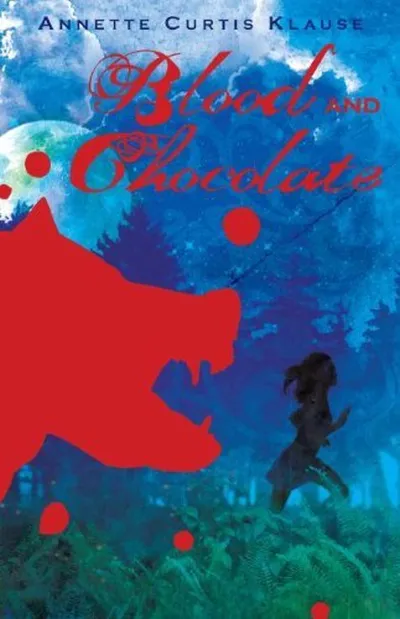
Vivian Gandillon (Blood and Chocolate by Annette Curtis Klause)
Vivian Gandillon is one of the most famous werewolves in literature, as she is known for her dynamic and conflicted nature.
In “Blood and Chocolate,” Vivian is a teenage werewolf who navigates the challenges of high school while grappling with her dual identity. She is often torn between her loyalty to her werewolf pack and her desire to fit into the human world.
The story is simple yet complex. Vivian falls for a human boy. Which, as you can imagine, complicates her life as she struggles to keep her werewolf identity a secret.
Her sometimes rushed actions reflect the tension between her wild instincts and her longing for a normal life. But, in the end, that’s what makes her such a compelling werewolf character.
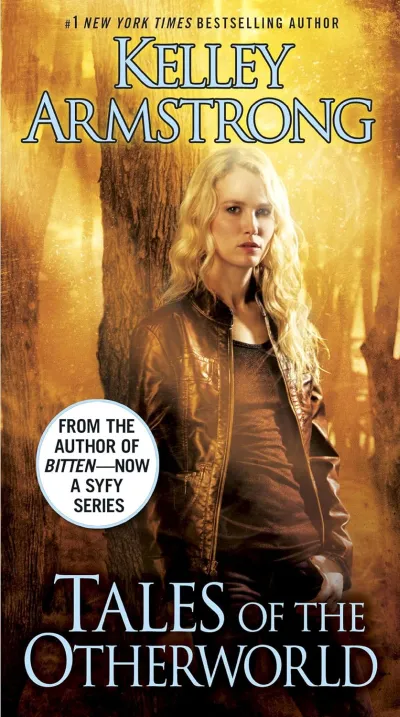
Elena Michaels (Women of the Otherworld Series by Kelley Armstrong)
When it comes to famous werewolves in literature, Elena Michaels, the protagonist of Kelley Armstrong’s “Women of the Otherworld” series, is actually one of the few female werewolves.
As a supernatural creature, Elena is an enforcer in the Pack, the world’s only organized group of werewolves. Her sharp instincts and combat skills make her a formidable opponent against enemies threatening the Pack’s safety.
Elena’s story is filled with action and adventure as she faces one challenge after another. From battling rogue werewolves and supernatural threats to navigating complex relationships within the Pack, her life is anything but ordinary.
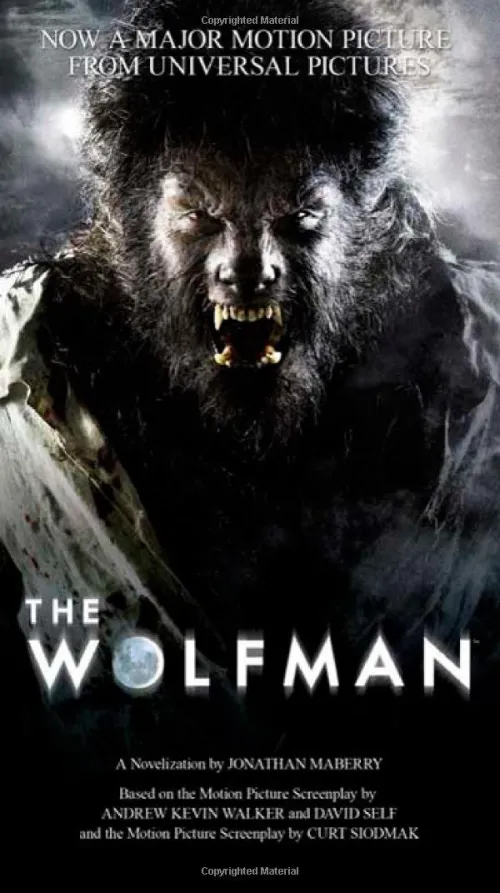
Lawrence Talbot (The Wolfman by Jonathan Maberry)
Jonathan Maberry’s novelization of the 2010 film “The Wolfman” reintroduces Lawrence Talbot—originally portrayed by Lon Chaney Jr.—to a new audience.
Talbot’s tragic transformation into a werewolf is captured with vivid detail. It explores his internal torment and the horrifying consequences of his curse.
Talbot’s character is deeply complex (haunted by his past and monstrous alter-ego), making him a tragic figure who symbolizes the primal struggle between humanity and savagery.

Father Michael (Moon of the Wolf by Leslie H. Whitten)
Leslie H. Whitten’s “Moon of the Wolf” introduces us to Father Michael, a character who brilliantly blurs the lines between saint and sinner.
Father Michael is not just a man of the cloth; he’s also a werewolf (and one of the most famous werewolves in literature), a duality that makes his story compelling and unique.
By day, he’s a dedicated priest, offering guidance and solace to his flock. By night, he grapples with his monstrous alter ego, embodying the classic werewolf struggle.
“Moon of the Wolf” masterfully blends detective fiction with horror, creating a gripping narrative that keeps readers on edge.
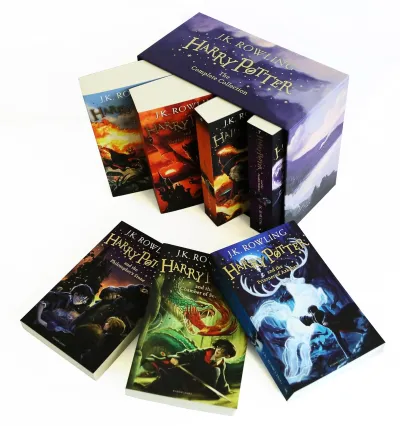
Fenrir Greyback (Harry Potter Series by J.K. Rowling)
Back to the “Harry Potter” series, because there are not one but two famous werewolf characters in these books.
In stark contrast to Lupin, Fenrir Greyback is a fearsome werewolf who relishes his condition.
Unlike many werewolves who struggle with their transformations, Greyback embraces his monstrous nature, often targeting children to turn them into werewolves.
His sadistic nature and brutal actions embody the traditional, fearsome aspects of werewolf lore, making him one of the most infamous and famous werewolves in literature.
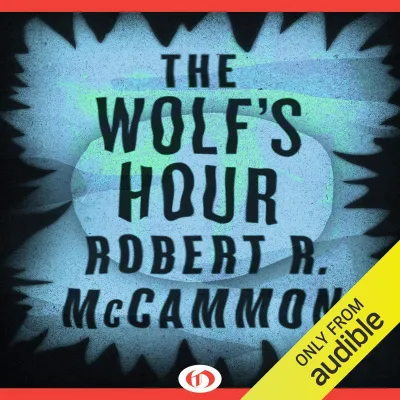
The Wolf (The Wolf’s Hour by Robert R. McCammon)
In Robert R. McCammon’s thrilling novel “The Wolf’s Hour,” readers are introduced to Michael Gallatin, a werewolf with a unique mission.
But Gallatin isn’t just any werewolf—he’s a World War II spy who uses his supernatural abilities to undertake dangerous missions behind enemy lines.
This gripping character blends the primal ferocity of the werewolf with the calculated bravery of a wartime operative, creating a compelling and action-packed narrative.
Gallatin’s adventures in “The Wolf’s Hour” stand out among famous werewolves in literature, offering a fresh take on the classic werewolf myth by placing it within the high-stakes world of espionage.
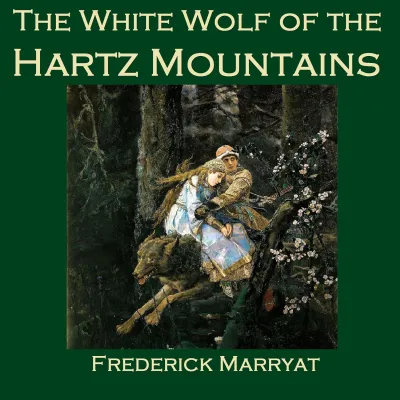
Galoup (The White Wolf of the Hartz Mountains by Frederick Marryat)
In Frederick Marryat’s classic short story, “The White Wolf of the Hartz Mountains,” Galoup is a fearsome, shapeshifting werewolf who brings terror to a small village in the Hartz Mountains.
Galoup’s transformations strike fear into the villagers’ hearts, embodying the primal fears and superstitions that define much of werewolf lore.
His character is not just a monster. He’s a representation of the unknown and the uncontrollable forces of nature that haunted the imaginations of those living in isolated, rural areas.
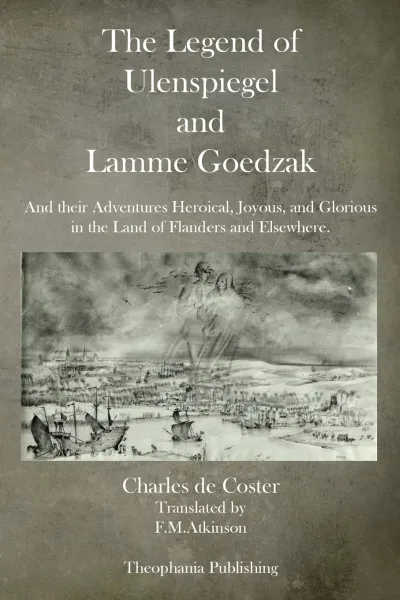
Thyl Ulenspiegel (The Legend of Thyl Ulenspiegel and Lamme Goedzak by Charles De Coster)
“The Legend of Thyl Ulenspiegel and Lamme Goedzak” (French: “La Légende et les Aventures héroïques, joyeuses et glorieuses d’Ulenspiegel et de Lamme Goedzak au pays de Flandres et ailleurs”) is an 1867 novel by Charles De Coster.
This work is based on the adventures of the 14th-century Flemish prankster Till Eulenspiegel during the Reformation wars in the Netherlands.
As a 19th-century nationalist writer, De Coster adapted pre-existing folk tales, transforming Ulenspiegel into a Protestant hero during the Dutch War of Independence.
The novel juxtaposes Ulenspiegel’s original, amusing tales with graphic depictions of the Inquisition’s tortures. Uniquely, De Coster’s Ulenspiegel carries a locket containing his father’s ashes, a detail absent from the original folk tales.
The novel also contains a notable episode involving werewolves. This part of the novel is set in the Flemish town of Damme, which is terrorized by a series of brutal murders attributed to a werewolf.
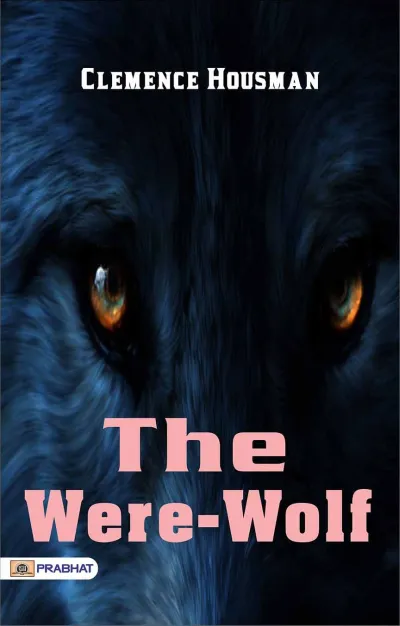
White Fell (The Were-Wolf by Clemence Housman)
Clemence Housman’s “The Were-Wolf,” published in 1896, introduces readers to a not-so-typical female werewolf named White Fell. She’s a seductive femme fatale who uses her charm to lure in her victims before revealing her true, terrifying wolf form.
The story dives deep into the sinister yet intriguing nature of White Fell, making her a standout in the realm of werewolf lore.
While the novella is also notable for its feminist themes and vivid imagery, it’s White Fell’s duality—both alluring and deadly—that really grabs the reader’s attention and doesn’t let go.

Luka (The Devourers by Indra Das)
Indra Das’s “The Devourers” introduces us to Luka, one of the most intriguing werewolves in literature.
On a mystical evening in Kolkata, under the full moon and the sounds of traveling musicians, college professor Alok encounters a stranger with an eerie confession and an incredible story.
Drawn in by the man’s unfinished tale, Alok agrees to transcribe a series of old notebooks and parchments, unveiling the history of beings who are part human, part beast, driven by deep-seated, ancient instincts.
Luka, a shapeshifter, represents the raw and primal essence of werewolf mythology. His character is a rugged wanderer from 17th-century Mughal India, entangled with a defiant woman, leading to a tumultuous clash of worlds.
Closing Words
The allure of werewolves spans centuries and genres, from the rich tapestry of mythology to the pages of modern literature.
These 15 famous werewolves in literature, from Bertrand Caillet to Luka, showcase the versatility and depth of the werewolf myth.
As we’ve seen, each werewolf name carries its own unique story, embodying both monstrous and tragic elements that continue to captivate readers.
Exploring these characters offers not just a peek into supernatural fiction but also into the human condition. It’s a reflection of our deepest fears and desires.
Whether through horror, romance, or action, these iconic werewolves leave an indelible mark on our imagination.
They join a long list of famous werewolves in movies and television, famous werewolves in history, and famous werewolves in mythology, making them unforgettable figures in the cultural landscape.

